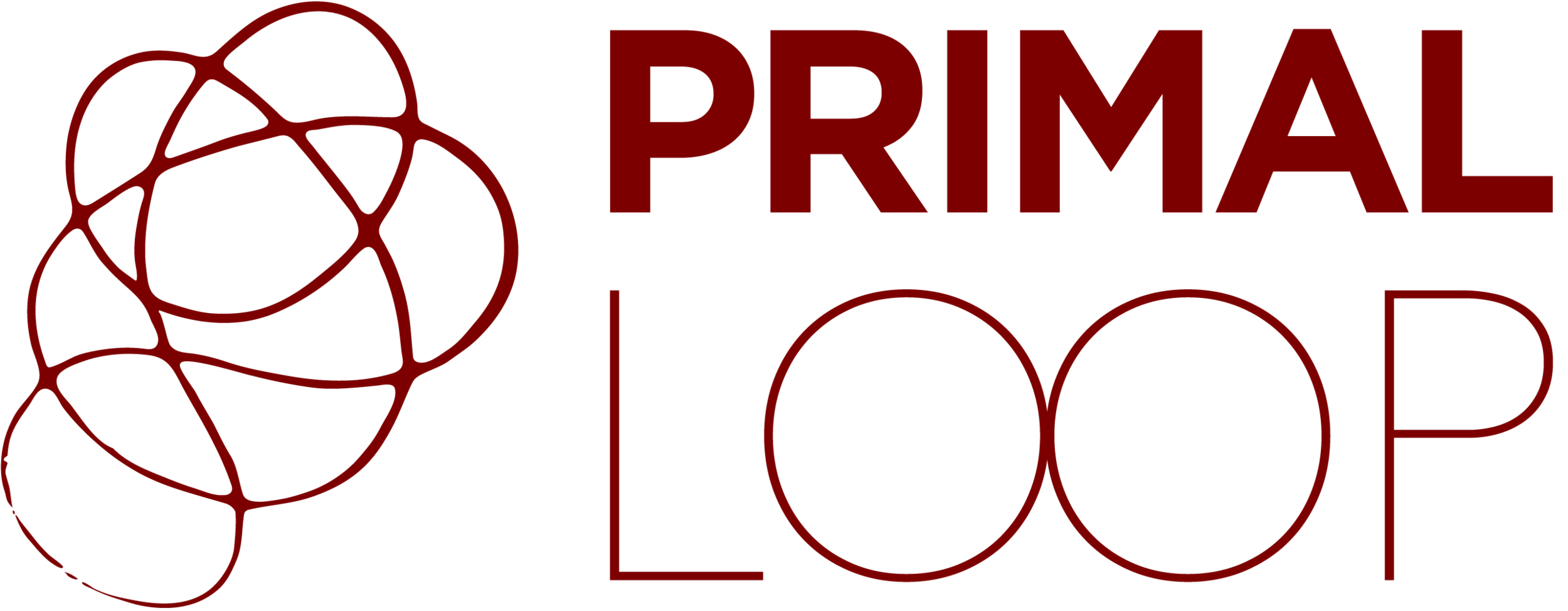User Design Research: The $10,000 That Could Cost You $100,000
A large company called a meeting to brief us on a dashboard they wanted to create. The concept was conceived by the company’s management team who, unbelievably, did not see any need for a research phase. We pushed back and were allowed one week to organize and conduct interviews with those who would end up using the new dashboard. The result of those interviews? No platform was needed after all.
User design research prevents expensive mistakes
Research is imperative for testing the validity and efficacy of our assumptions. Designers must understand the problem at hand and empathize with end users in order to present stakeholders with the appropriate options.
How many times have you heard from your clients: “What more do you need to know? We already have all the data.” Or: “How can it be feasible to spend nearly 20% of the budget on user design research?”
As a business decision maker, imagine reading a proposal for the design of a new set of digital features. The proposal calls for nine weeks to design plus two cumulative weeks for research. Can you justify no products being developed for two weeks in favor of research? I propose that two weeks in the grand scheme of things is a worthwhile risk, especially when weighed against the inherent risks of no testing at all.
Human interface guidelines, design principles, and best practices may bring efficiencies into the design process, but none of these can replace speaking with real users.
Once more, with feeling…
A different client had a particular vision for a design on their site’s checkout page. They called a briefing meeting, and my design team was instructed to begin development immediately. Though we knew time was of the essence, we asked for a 48-hour grace period devoted to research. Two days later, we presented a heat map test from a prototyped site. The results verified our intuition: We would lose 40% of the traffic at checkout if we implemented the desired features. Development was immediately halted and resources reallocated.
Designers can help identify risks, discover efficiencies that lower operational costs, and create solutions that increase revenue—all with an underlying attention to research and testing. Our goal is to make certain that businesses are making the right investment in solving real needs.



